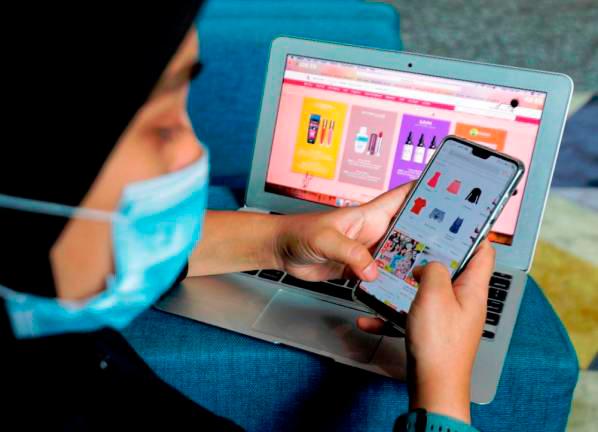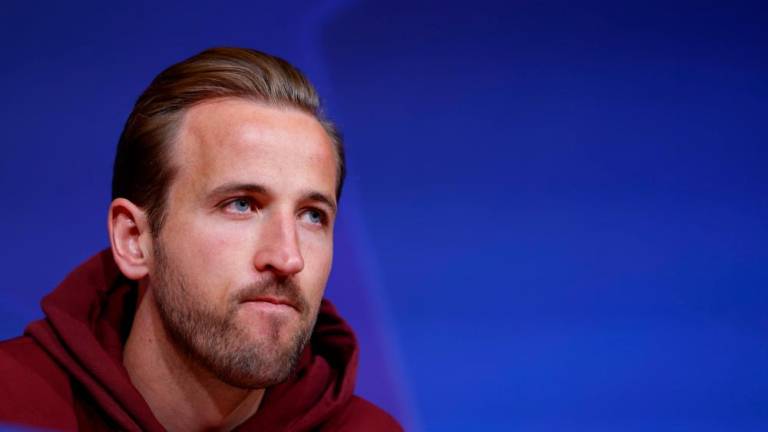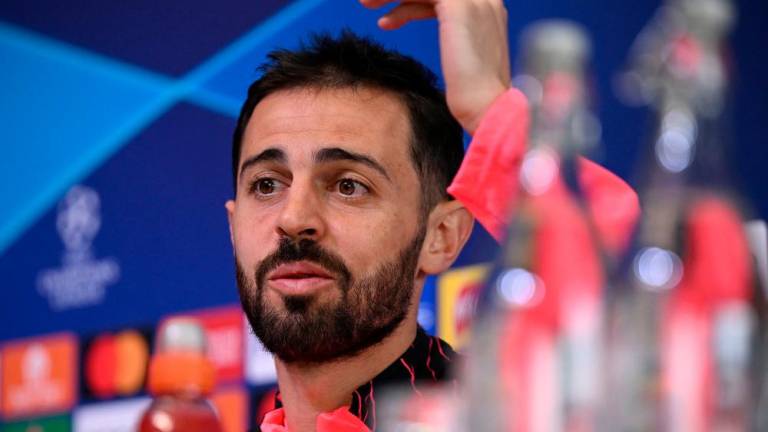PETALING JAYA: The array of choices has never been wider, nor the convenience been greater.
After-dinner telly time to laugh or cry over a favourite comedy or drama is a thing of the past. Streaming has taken over and it is all due to the demands of a new market segment, the millennials.
The preference for new technology among the young has changed the consumption of entertainment, from music to video, like never before.
Allotted hours for television is history, cable TV is losing its appeal and all that for want of a simple desire – convenience and choices.
The tear jerker that could be viewed only at 8pm can now be viewed any time of the day, at the viewer’s convenience.
Sitting in front of the tube is no longer the only way to watch your favourite show. The laptop as well as handheld devices such as smartphones and tablets means you can take your favourite drama on-the-go, making it more appealing to the young.
The rise in convenience and choice is inevitable, according to media expert Adlene Aris.
The lecturer at the Faculty of Applied Communication at Multimedia University told theSun this “revolution” was necessary to meet the needs and wants of a new demographic.
But more than that, she said these developments have also given media providers the opportunity to influence viewers’ choices.
Platforms such as Netflix track individual viewer’s choices and aggregate content based on the viewer’s preferences, making it easier for them to choose what to watch next.
It is no surprise that streaming services such as Netflix and Iflix now command the lion’s share of the viewership market. Iflix reported in excess of 17 million subscribers in 2019.
The impact new media has on consumers can no longer be dismissed as an aberration or a flash in the pan.
As expected, millennials are setting the trend with their choices of media and content, forcing providers to push the boundaries.
For instance, 24-year-old web designer Lim Xin Ying said she does not watch cable TV anymore because the choices are limited.
“Most of what is shown on cable TV does not appeal to me. Basically, it’s the same old movies that play over and over again,” she said.
Law student Jonathan Khoo estimates that only one-third of his entertainment time is spent on cable TV.
“Mostly I use streaming services such as Netflix,” he said.
Postgraduate student Joel Bato has abandoned cable TV altogether due to cost, convenience and choices.
“There’s no value for money with cable TV, and you get better content through streaming,” he said.
As with most millennials, the flexibility offered by streaming services trumps the set timing and schedules on cable TV.
“I can even watch my favourite show while I ride the LRT home, or during lunch break,” Bato pointed out, echoing a sentiment among most people in his generation.
Just like entertainment, the consumption of news has changed. Social media platform such as Twitter and Facebook are now the primary conduits. As with entertainment, it is the convenience and choices that draw consumers.
But, as Aris warned, it is still too early to consign cable TV to the rubbish heap.
“The TV can still stay relevant if entertainment and news providers can offer content that is both engaging and unique,” she said.













